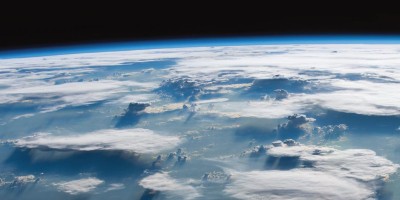The Moon’s isotopic composition is uncannily similar to Earth’s. This may be the signature of a magma ocean on Earth at the time of the Moon-forming giant impact, according to numerical simulations.

References
Canup, R. M. Ann. Rev. Astron. Astrophys. 42, 441–475 (2004).
Melosh, H. J. Phil. Trans. Royal Soc. A 372, 20130168 (2014).
Hosono, N. et al. Nat. Geosci. https://doi.org/10.1038/s41561-019-0354-2 (2019).
Elkins-Tanton, L. Ann. Rev. Earth Planet. Sci. 40, 113–139 (2012).
Young, E. D. et al. Science 351, 493–496 (2016).
Canup, R. M., Barr, A. C. & Crawford, D. A. Icarus 222, 200–219 (2013).
Author information
Authors and Affiliations
Corresponding author
Rights and permissions
About this article
Cite this article
Melosh, H.J. Why the Moon is so like the Earth. Nat. Geosci. 12, 402–403 (2019). https://doi.org/10.1038/s41561-019-0364-0
Published:
Issue Date:
DOI: https://doi.org/10.1038/s41561-019-0364-0
- Springer Nature Limited
This article is cited by
-
Long-lived volcanic resurfacing of Venus driven by early collisions
Nature Astronomy (2023)
-
The accretion of planet Earth
Nature Reviews Earth & Environment (2022)


